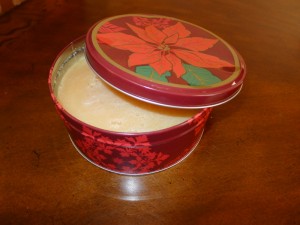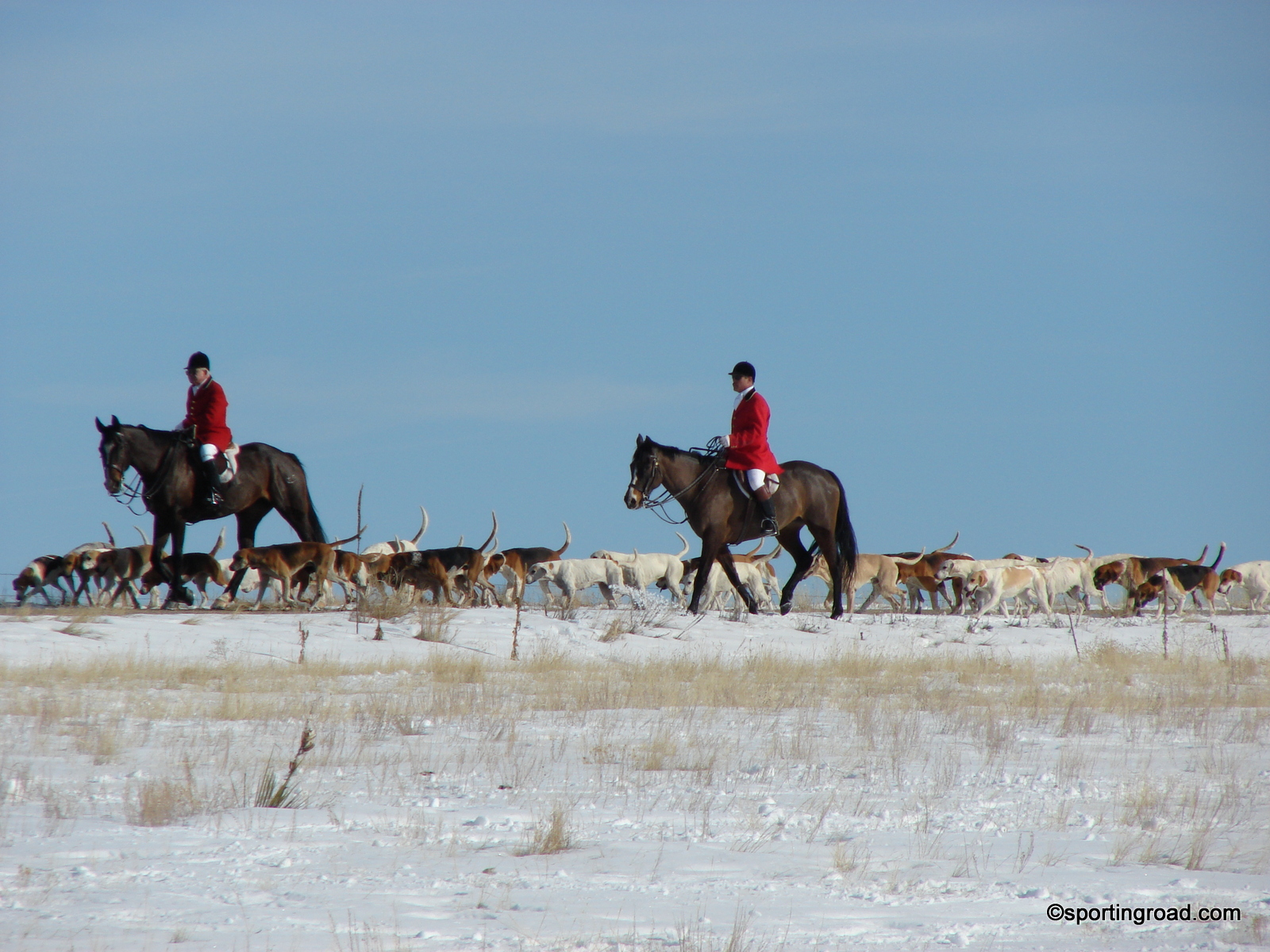All in One Saddle Soap Tack Cleaning Goop Recipe
From Charles Groesbeek
Why not clean your tack while you are waiting for breakfast to be ready?
All leathers are not equal. Western saddles are easily distinguished from our more functional English saddles found in the hunt field. Likewise, the subtle distinctions between cowboy leather and traditional English leather are important to the serious horseperson. The Western and English Manufacturers’ Association publishes a guide to the, proper use, cleaning, and care of their leather goods. The most ignored instruction is “do not soak English leather products in oil or apply hot oil to them.”
Oil, any oil, can be the enemy of-traditionally tanned English leather. Oil swells leather fibers and lubricates the spaces between the fibers. Strap goods (bridles, etc.) become greasy, thicker, soft, subject to stretching and premature breaking. Oil attracts dirt. Dirt drawn into leather acts as an abrasive compound to enlarge any crack or blemish. Oil pulls dirt into stitching. Grit acts as minuscule knives to cut threads.
Warm oil soaking is fatally destructive to fine English tannage. Natural tallow is a mark of quality in leather. It is left in and added to the longest lasting/ strongest leathers. All oils, most dramatically warm oil applications, displace natural tallow. In other words, as soon as a $200 bridle is soaked in oil, the leather is immediately reduced to the quality of a $20 bridle. Oil evaporates to leave leather impregnated with sludge and dirt. Oil must be replaced. Reapplications of oil damage leather repeatedly.
What’s good for quality English tannage? Attention to appearance! Dirty, poorly kept leather is ugly and unsafe. Don’t be afraid to use soap and water. Effective saddle soap washings consist of at least two foamy lathering. A soft fingernail brush, or your fingernail, will help remove tough spots. Excessive, longstanding filthy grease may call for a quick dip in a solution of Dawn Dishwashing Soap. (About the same amount you’d use for a sink full of dishes.) (Did you know that environmentalists prefer Dawn to cleanse oil-fouled fowl?)
Leather should be treated periodically, as needed, with a, leather dressing or preserver that has a tallow base with a natural wax added. Mixtures that provide a good diet for leather often have the consistency of butter or bird suet. They require vigorous hand rubbing for application. Or, one may use a hair dryer to speed up penetration. Caution: do not heat leather any warmer than your hand wants to touch.
All leather eventually shows wear: by getting fuzzy or by exposing little hairs when it is abraded or cut edges are not sealed. Any hairy spot on leather is a “red alert!” Seats and curves on saddles are especially vulnerable. Treat any wear spot immediately by rubbing in pure beeswax or by painting on liquefied candle wax after first warming the leather. Quality candle wax contains at least 51% beeswax. If the hairs show up again, repeat as needed. Hairy leather tells you that the leather is disintegrating at that point.
But when all is said and done, a most venerated and loved “Grande Dame” of our Colorado horse world usually rides with a bridle no one could fault for appearance. To my knowledge, she uses nothing but a quick and easy commercial product, Horseman’s Onestep. Perhaps by the time you become a “Grande Dame” or the equivalent, your fingers will be magic, too!
Bob Knox’s Homemade version of Horseman’s Onestep:
1 liter Lexol Leather Conditioner
4 7 oz. bars of glycerin saddle soap, grated (the cheap kind!)
2 cups corn oil (but Jen has been substituting olive oil)
DIRECTIONS:
Heat Lexol on medium to medium-high heat in a 3 pound empty coffee can or an old Teflon coated Dutch oven. Add grated soap to warmed Lexol and stir until dissolved. Add corn oil and stir until blended well. Place pan in a sink with cold water so that the pan is surrounded. Ice can be added to the water in the sink to induce the cooling period. Stir frequently to keep the oil from separating from the mixture. When the mixture begins to thicken, store in the freezer overnight. Take out of;. the freezer and store at room temperature-in a covered container. (This makes quite a lot and could easily be shared by a few people.) A LITTLE of this soap goes a LONG way! Bob says the secret to the recipe is really cheap saddle soap! And, he keeps improving the recipe, so this one may be long outdated and not as good as his current compound. You will ruin a pot and, perhaps, your stove, not to mention needing tins and other items, so I have found it is far is better to pay a tiny bit extra and buy this than make it, at least as long as Bob is still selling it. After that, we are forced back to doing all of this ourselves, which is a bit like making shoe polish, in my opinion.
___________________________________________________
If you don’t want to make your own, there is Smith’s Leather balm is handmade in Maine from 3 all-natural ingredients. It’s made with 100% organic cocoa butter, 100% organic beeswax, and 100% pure sweet almond oil.

